Open chess Museum
endorsed by FIDE





Viking chess set
Perhaps the most famous European chess pieces dating back to the Middle Ages were found by pure chance and under still unexplained circumstances
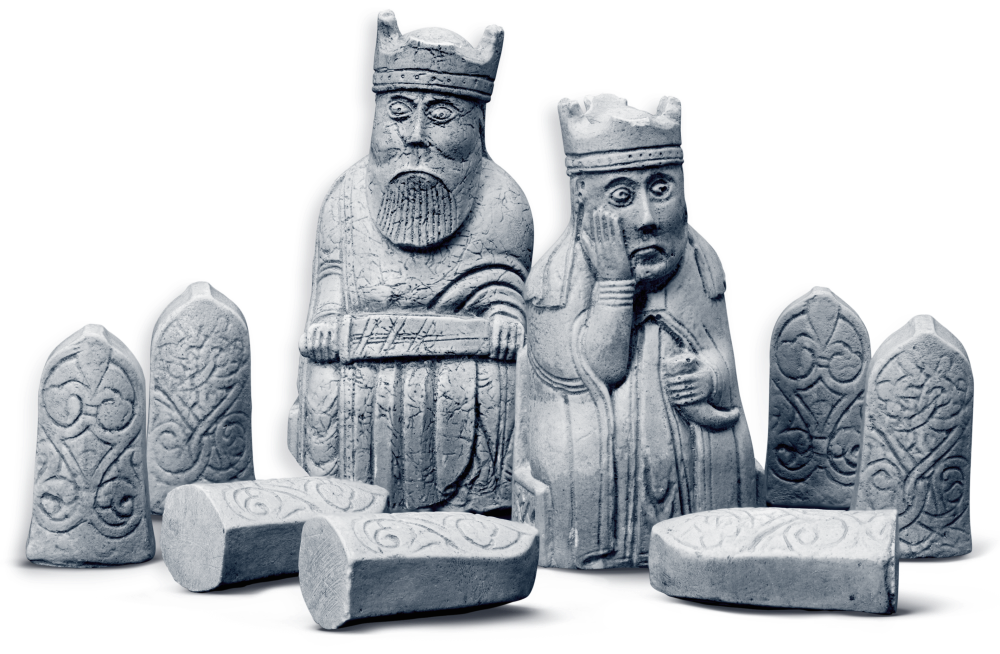
Staunton chess set
This style of chessmen, appeared unusual and even provocative when the first set was produced in the middle of the 19th century
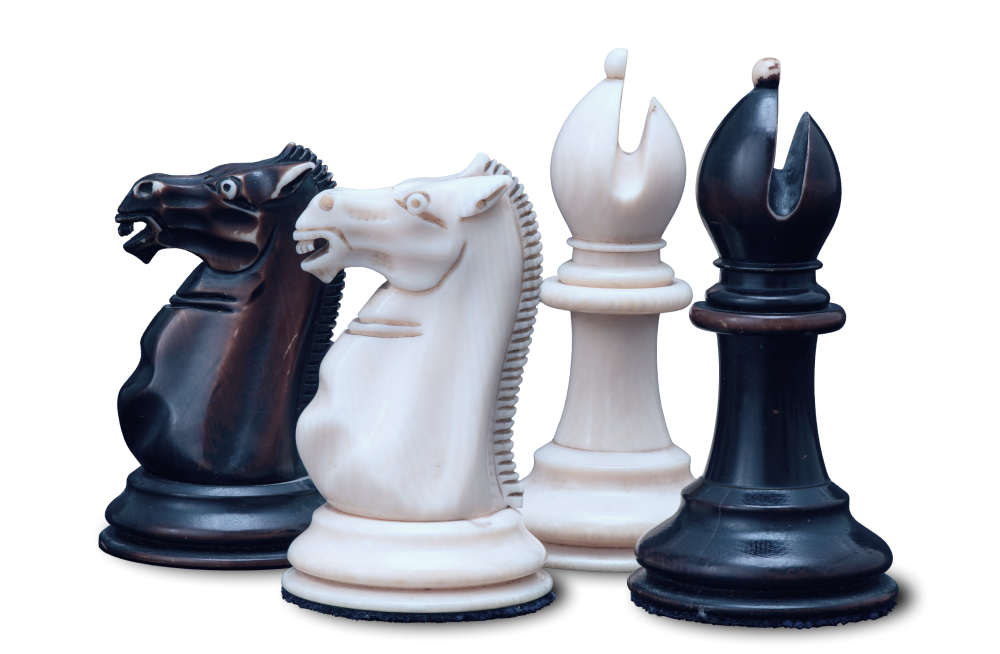
Fattorini chess clock
Mechanical clock made by the watchmaking company Fattorini & Sons of Bradford, England between 1887 and 1904
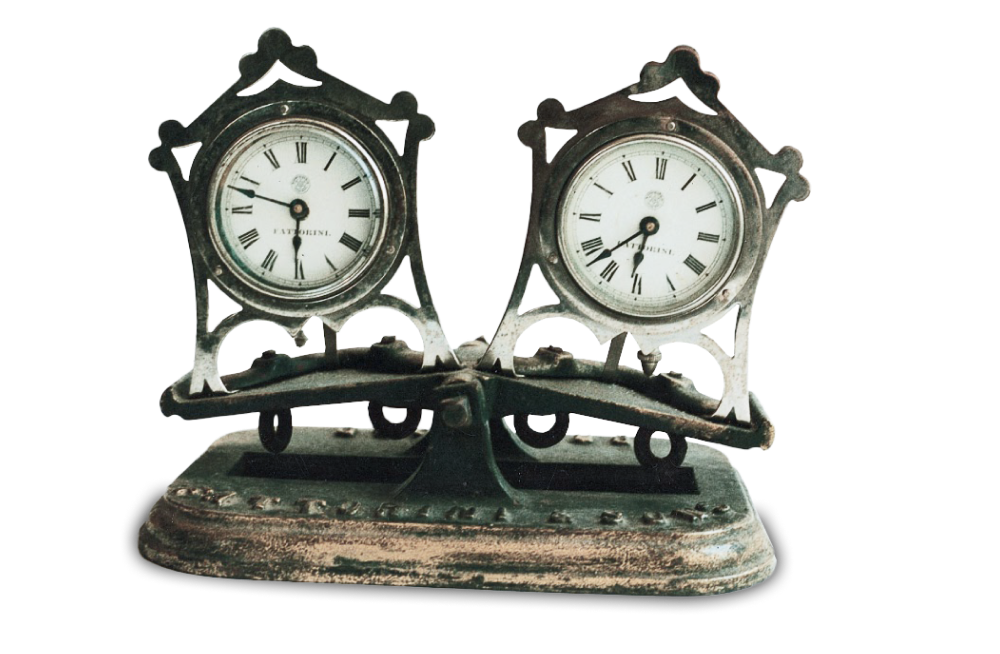
Chess table
This chess table, crafted by the renowned Russian and Soviet artist Alexander Rodchenko, stands as a testament to the principles of constructivism
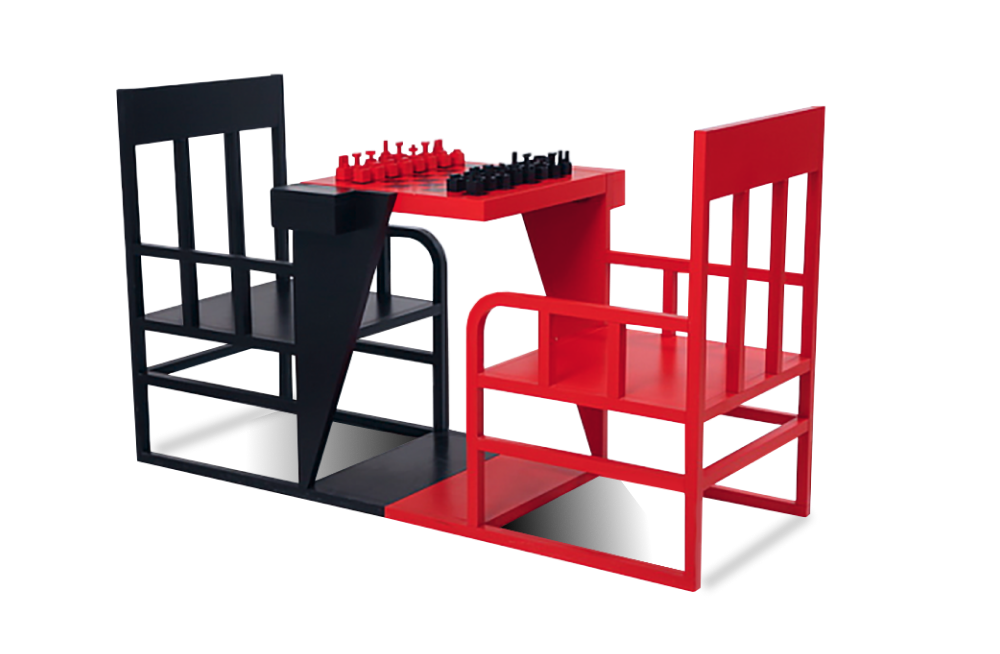
The Hamilton-Russell Cup
The Hamilton-Russell Cup is a trophy for the winning team in the open section of FIDE Chess Olympiad
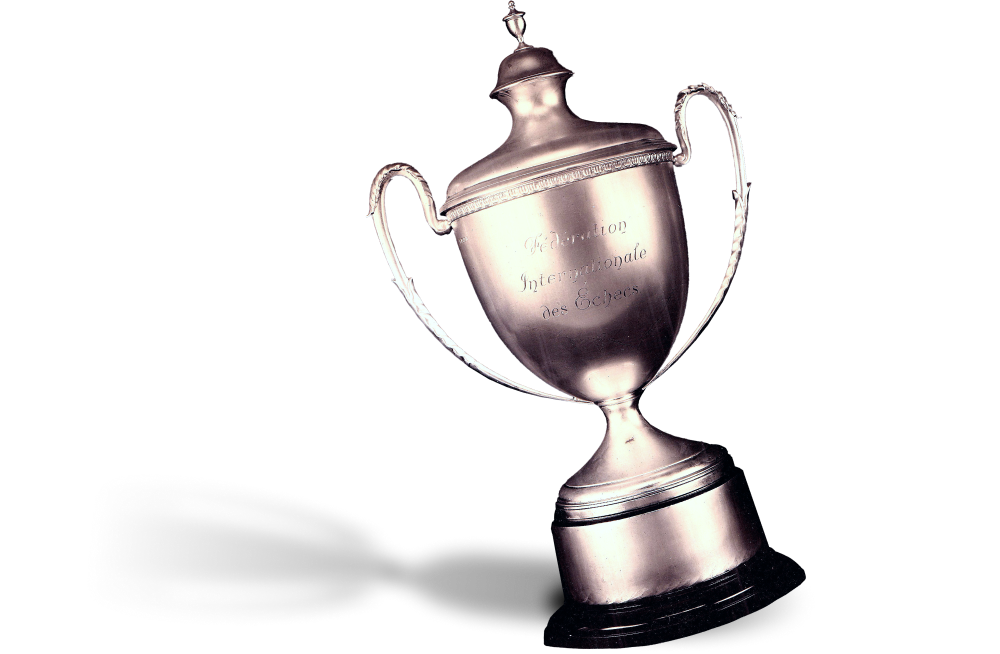
Welcome to the Open
Chess Museum!
Here you can discover the fascinating world
of chess through our diverse
our diverse
Here you can discover the
fascinating
world of chess
through our diverse
collection of exhibits 
Explore the game’s history 
 and learn about
and learn about
the 100-year path
of the International
Chess Federation
of the
International Chess Federation

which celebrated
its centenary in 2024.
its
centenary in 2024.
The game is just
beginning!
History of chess

550
Kannauj, North India
The early history of chess, like all history, is born in the fog of the pre-dawn twilight, and historians often only guess the outlines of the past. According to most researchers, the continuous history of chess begins in the north of India, on the banks of the Ganges, in the city of Kannauj, during the reign of Raja Devsarma (Sarva-Varman).
FIDE history
1913 — 2024
International Chess Federation (FIDE) is one of the oldest sporting bodies in the world. Over the past 100 years, it has been the central driving force for the development of chess globally, and that remains one of our key goals. This timeline shows the history of FIDE since its founding a century ago in Paris, France till present.
50 facts about chess
fact 1

The number of possible unique chess games is much greater than the number of electrons in the universe. The number of electrons is estimated to be about 10^79, while the number of unique chess games is 10^120
fact 2

The longest theoretically possible chess game can extend to 5,949 moves
fact 3

The longest time for a castling move to occur was in the game between Bobotsor and Irkov in 1966, where castling took place on move 46 (46. 0-0)
fact 4

As late as 1561, castling involved two moves. The rook was moved first, followed by the king on the next move
fact 5

The term "checkmate" originates from the Persian phrase "Shah Mat," which means "the king is dead"
fact 6

Otto Blathy (1860-1939) is credited for creating the longest chess problem, mate in 290 moves
fact 7

In 1973, police raided a chess tournament in Cleveland, arrested the tournament director, and confiscated the chess sets on charges of allowing gambling (cash prizes for winners) and possession of gambling devices (the chess sets)
fact 8

The number of possible "knight's tours" exceeds 122 million
fact 9

The longest official chess game lasted 269 moves (Nikolic vs. Arsovic, Belgrade 1989) and ended in a draw
fact 10

From the starting position, there are eight different ways to achieve checkmate in two moves and 355 different ways to achieve checkmate in three moves
fact 11

The new pawn move, advancing two squares on its first move instead of one, was first introduced in Spain in 1280
fact 12

Dr. Emanuel Lasker from Germany retained the World Chess Champion title for more time than any other player ever: 26 years and 337 days
fact 13

In 1985, Soviet player Garry Kasparov became the youngest World Chess Champion at the age of 22 years and 210 days. His record was surpassed in 2024 by 18-year-old Gukesh Dommaraju
fact 14

The first chessboard with alternating light and dark squares appeared in Europe in 1090
fact 15

During World War II, some of the top chess players were also codebreakers. British masters Harry Golombek, Stuart Milner-Barry, and Conel Hugh O'Donel Alexander were part of the team that broke the Nazi Enigma code
fact 16

During the 1972 Fischer-Spassky match in Reykjavik, the Russians attributed Spassky's erratic play to Fischer's chair. The Icelandic organization placed a 24-hour police guard around the chair while chemical and x-ray tests were conducted. Nothing unusual was found
fact 17

The first mechanical chess clock was invented by Thomas Wilson in 1883. Before that, sandglasses were used, with the first recorded use in London in 1862. The modern push-button clock was perfected by Veenhoff in 1900
fact 18

The folding chessboard was invented in 1125 by a chess-playing priest. Since the church forbade priests from playing chess, he cleverly disguised his board to look like two books lying together
fact 19

The worst performance by a top-level player was by Macleod of Canada, who lost 31 games in the New York double-round robin of 1889
fact 20

Frank Marshall (1877-1944) was the first American to defeat a Soviet player in an international tournament, achieving this feat in New York in 1924. He reigned as U.S. Champion for 30 years, though he only defended his title once, defeating Edward Lasker 5-4 in 1923. Additionally, Marshall was the first master to play more than 100 games simultaneously
fact 21

In 1985, Eric Knoppert played 500 games of 10-minute chess in 68 hours
fact 22

Albert Einstein was a good friend of World Chess Champion Emanuel Lasker. In a 1936 interview with the New York Times, Einstein said, “I do not play any games. There is no time for it. When I get through work I don’t want anything which requires the working of the mind.” However, he did take up chess later in life
fact 23

There were 72 consecutive queen moves in the Mason vs. Mackenzie game in London in 1882
fact 24

The record for the most moves without a capture is 100 moves, set during the game between Thornton and Walker in 1992
fact 25

Rookies, or players in their first year, are named after the rook in chess. Rooks are generally the last pieces to be moved into action, and the same goes for rookies
fact 26

A program named Deep Thought became the first computer to beat a grandmaster in a regular tournament game when it defeated Bent Larsen in 1988
fact 27

Blindfold chess is an impressive skill that many strong chess players possess. It requires a keen ability to visualize the board clearly, which can become challenging after many moves. The Guinness World Record belongs to GM Timur Gareyev, who played 48 games in 2016 winning 35 games. He eclipsed the previous mark of 46, set by German IM Marc Lang in 2011
fact 28

There are well over 1,000 different openings, including variations within larger openings and defenses, that one can learn
fact 29

Chess is often cited as an effective way to improve memory and solve complex problems, making it recommended for fighting Alzheimer's. Its positive effects on young individuals have led to its introduction in schools, showing improvements in grades and other areas
fact 30

The first computer program for playing chess was developed by Alan Turing in 1951. However, no computer was powerful enough to process it at the time, so Turing tested it by performing the calculations himself and playing according to the results, which took several minutes per move
fact 31

The total number of ways to play the first four moves for both players in a chess game is 318,979,564,000
fact 32

The second book ever printed in the English language was about chess!
fact 33

The oldest recorded chess game in history is from the 900s, between a historian from Baghdad and his student
fact 34

The oldest surviving complete chess sets were found on the Isle of Lewis, in northern Scotland, and dates to the 12th century. They were probably made in Iceland or Norway, and their appearance was used in Harry Potter and the Sorcerer’s Stone for the wizard chess pieces
fact 35

About 600,000,000 (six hundred million) people know how to play chess worldwide
fact 36

In many languages, the pawn is referred to as a foot soldier. However, in German and Spanish, it is called a peasant or farmer
fact 37

The reason why traditional chess pieces don’t look like actual soldiers, bishops, and kings is because before the game reached Europe, it passed through the Islamic world. Islam forbids making statues of animals or people, so chess pieces became vague-looking. When the game spread to Christian Europe, the pieces didn’t change much
fact 38

Chess began in India during the Gupta Empire, spreading to the Persian Sassanid Empire, and then to the Middle East after Muslims conquered Persia. From there, it spread to Europe and Russia
fact 39

Initially, the queen could only move one square at a time, diagonally. Later, she could move two squares at a time, diagonally. It wasn’t until Reconquista Spain, with its powerful queen Isabella, that the queen became the strongest piece on the board
fact 40

In Shatranj, the predecessor of chess, the queen was originally a minister or vizier, and in many languages, it retains this designation
fact 41

The first-ever outer space chess game took place on June 9, 1970, between the Soyuz-9 crew and Earth. The game ended in a draw
fact 42

Dr. Emanuel Lasker from Germany held the World Chess Champion title for over 26 years and 337 days, longer than any other player in history
fact 43

Vishwanathan Anand is the only chess champion to have won the world championship in all three formats, including knockout, tournament, and match
fact 44

Janos French, a Hungarian player, set the record in 1960 for playing 52 different opponents concurrently, blindfolded
fact 45

The tiniest handmade chess set is 8 mm x 8 mm or 0.32 in x 0.32 in size
fact 46

The tallest chess piece in existence is a king piece, standing at an impressive 6.09 meters (20 feet) tall. In 2018, the World Chess Hall of Fame in St. Louis, Missouri (USA), created this piece and secured the world record
fact 47

The largest chess lesson had 1,459 participants. This Guinness World Record was set in 2018 by two chess clubs and two schools in Muttenz, Switzerland
fact 48

The oldest chess manual was written by al-Adli ar-Rumi (800–870), a famous Arab chess player
fact 49

The world’s most expensive chess set, which includes diamonds and emeralds, is worth more than $9.8 million. This is the magnificent Jewel Royale Chess Set, commissioned by the Royale Jewel Company and created in Great Britain



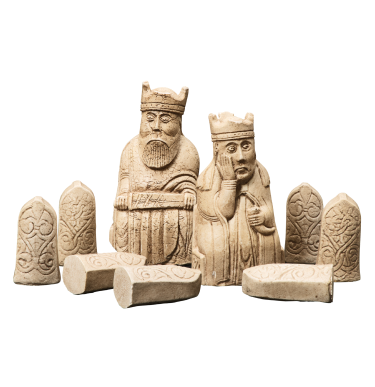

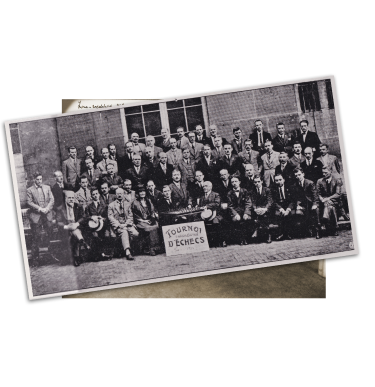

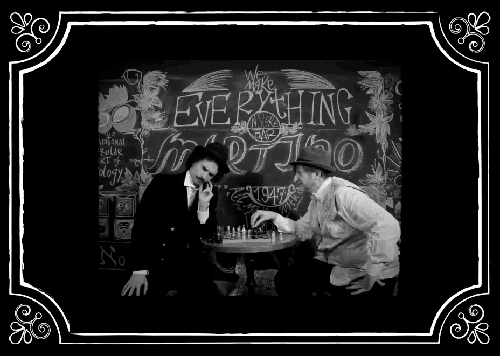
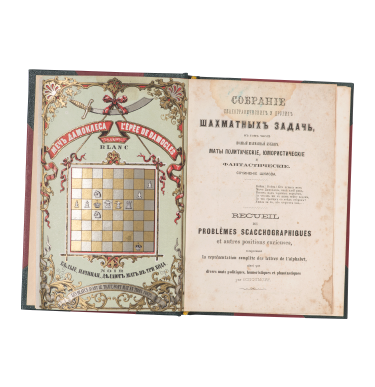

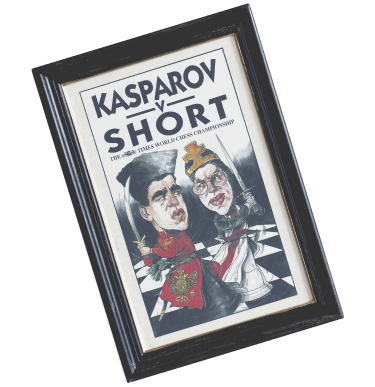
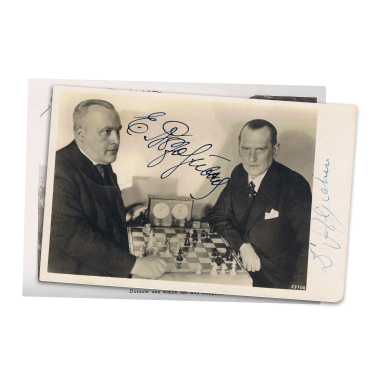

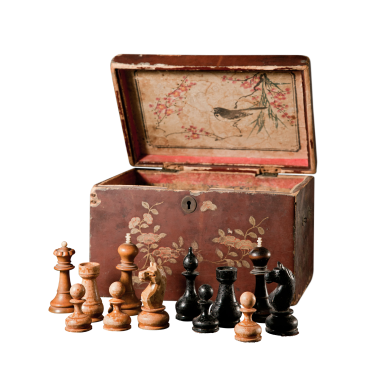
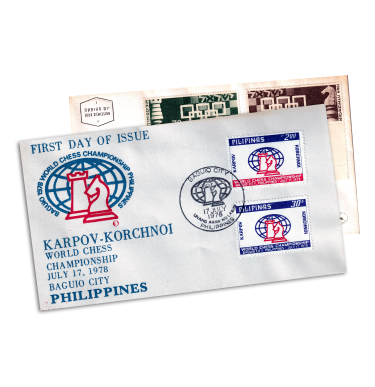
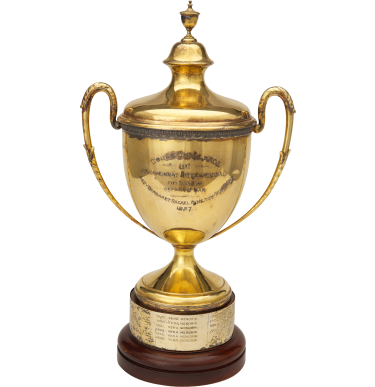
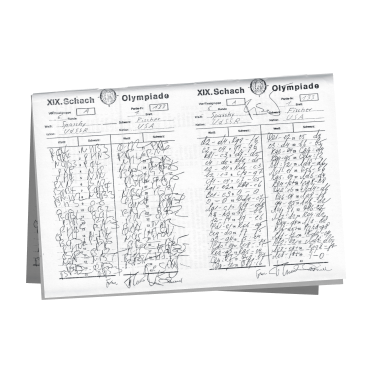
.png)
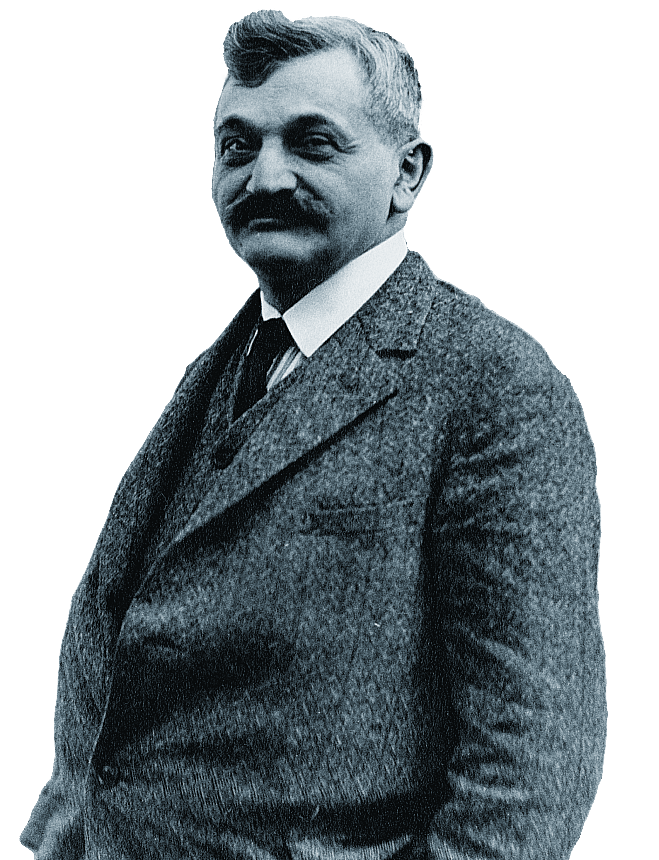
.png)
.png)
.png)
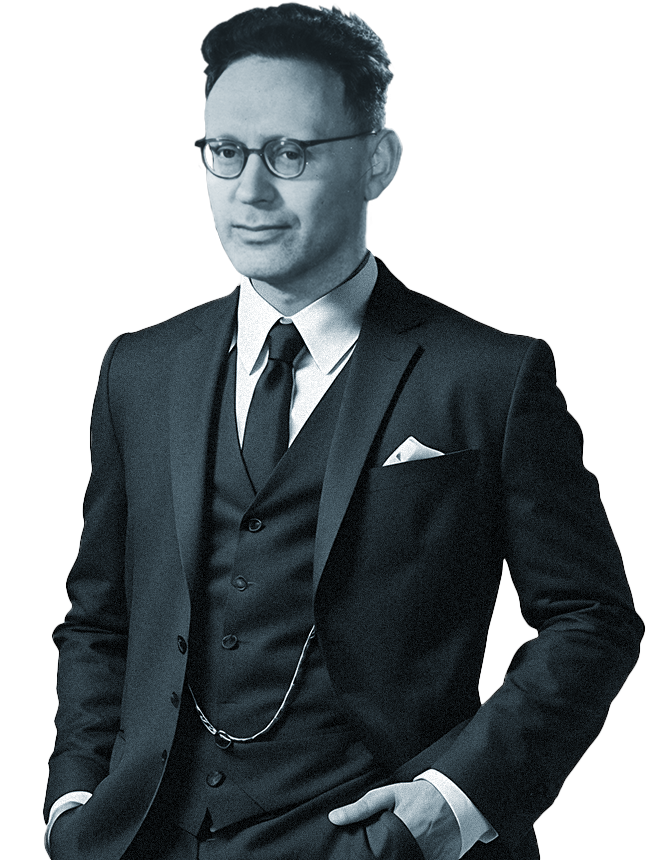
.png)
.png)
.png)
.png)
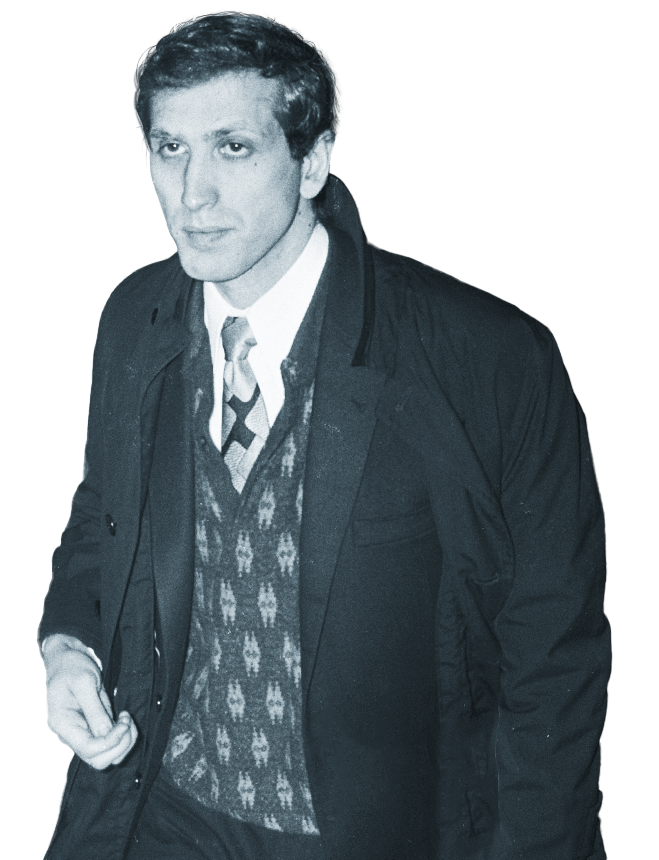
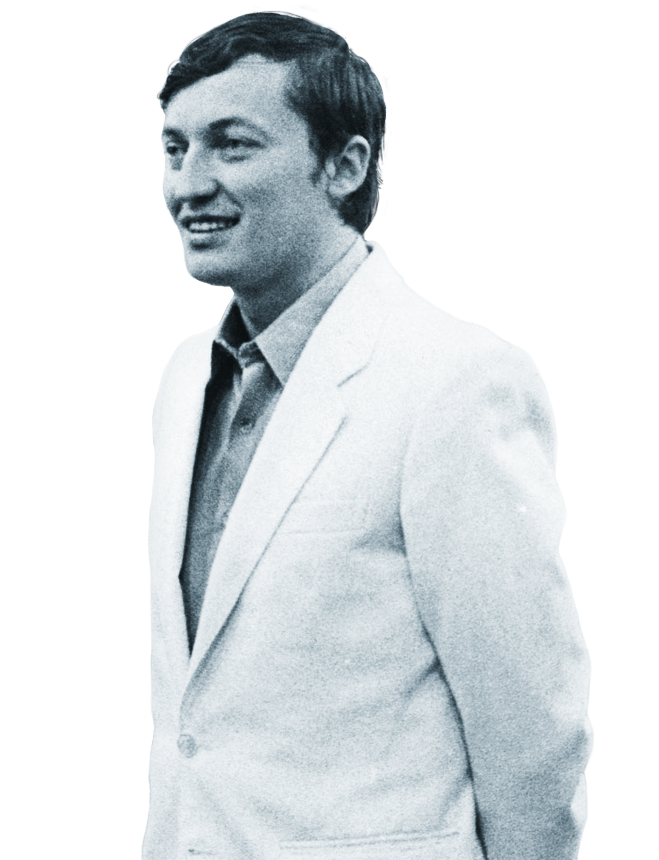
.png)




